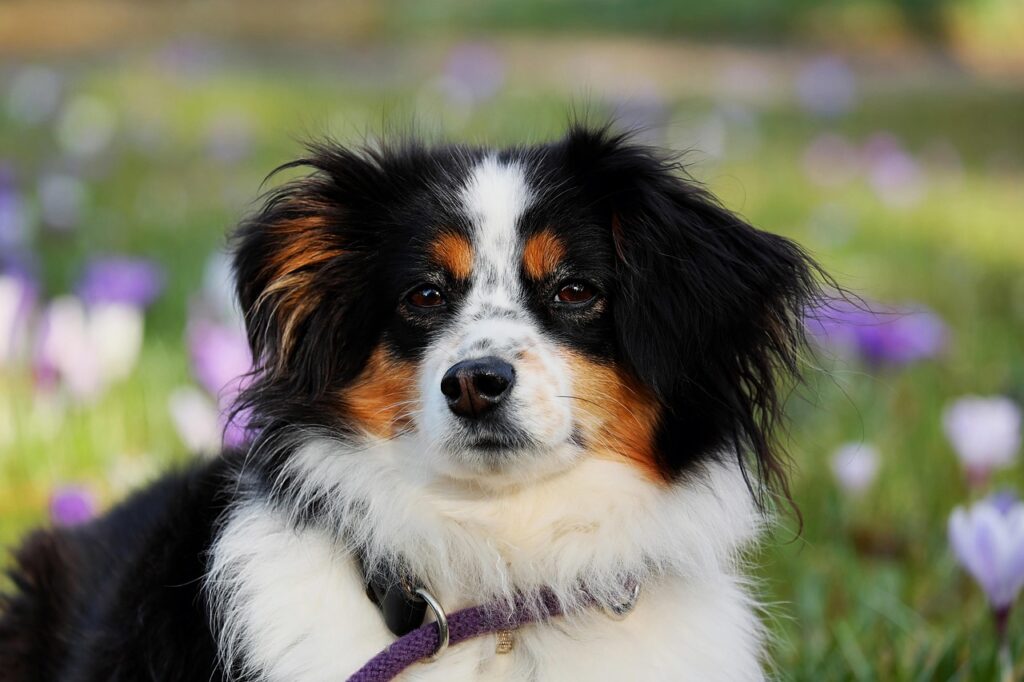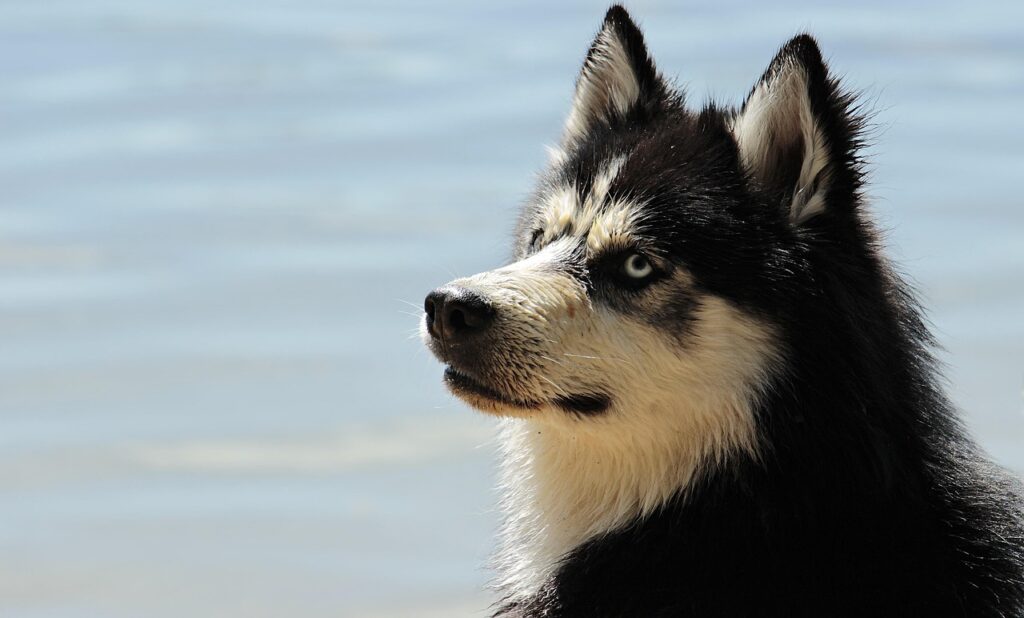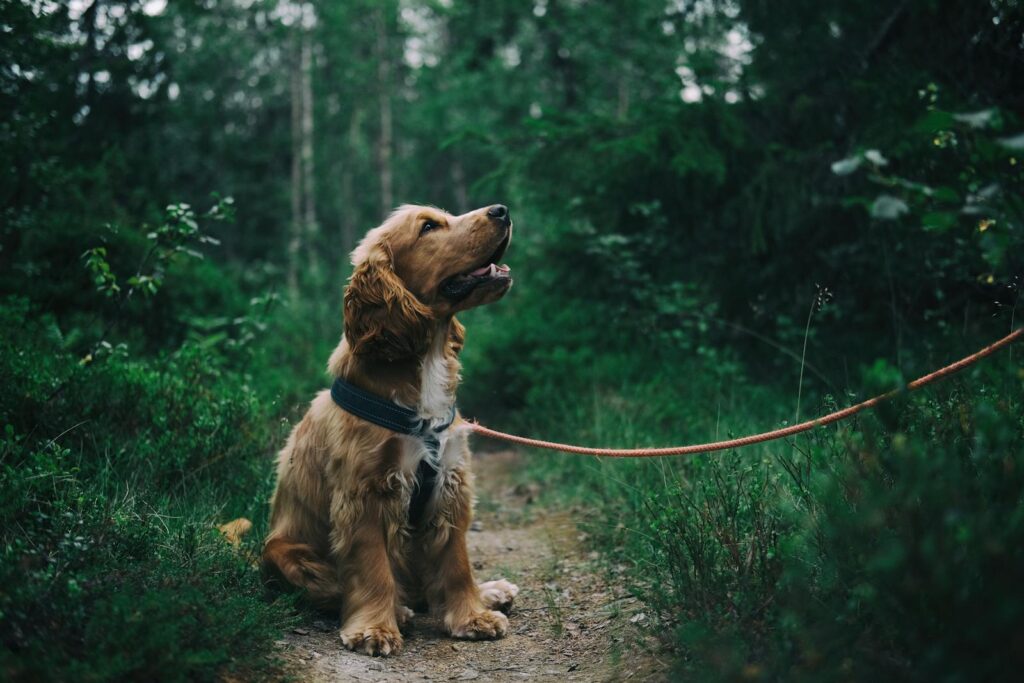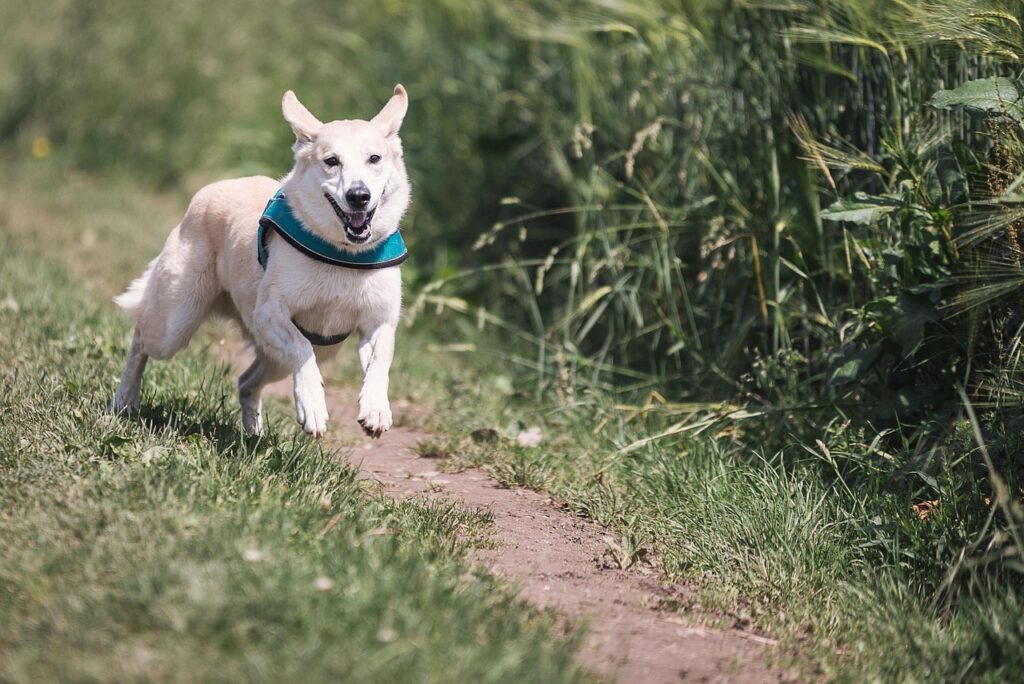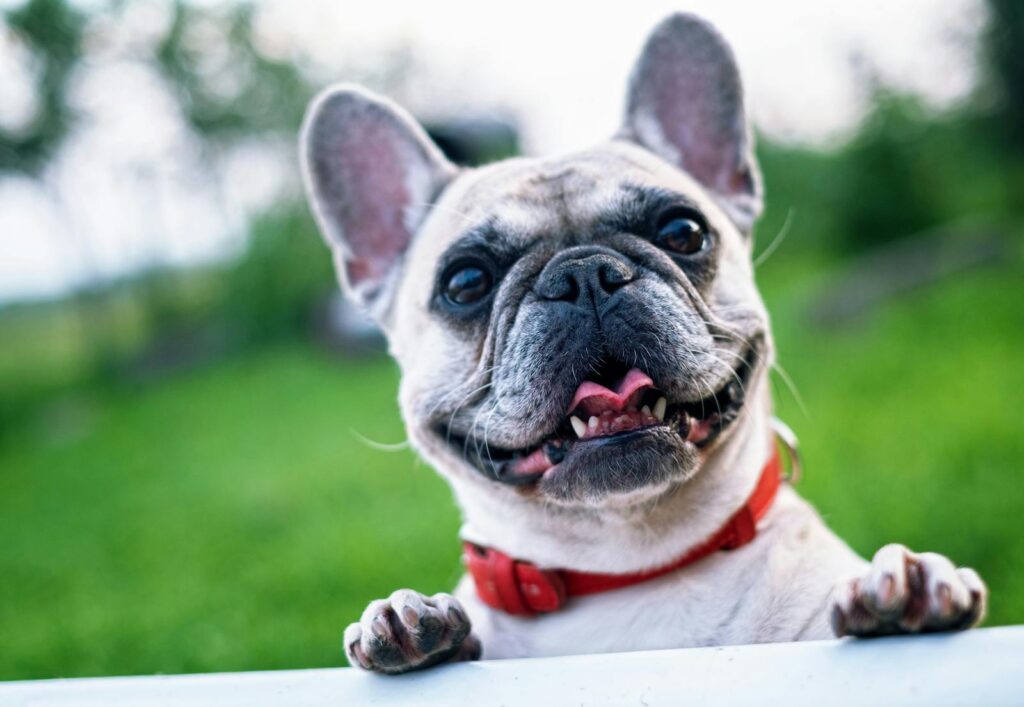
Whether you’re welcoming a brand new puppy into your home or offering a second chance to a deserving adult rescue, the journey of dog ownership is filled with joy, companionship, and a little bit of learning. Obedience training isn’t just about teaching your furry friend tricks; it’s the fundamental pathway to cementing a strong, lasting bond and ensuring a harmonious life together. It’s about providing your dog with the skills to confidently navigate our world, understanding expectations, and ultimately, becoming a cherished member of your family.
The key to successful dog training lies in understanding how dogs learn best. The most effective methodologies are science-backed and dog-friendly, focusing heavily on positive reinforcement. This means we reward our dogs when they do something right, rather than punishing them for missteps. Forget the outdated notions of being an “alpha” or a “drill sergeant”; instead, successful training thrives on fun, creativity, an upbeat attitude, and gentle consistency. You’ll find that a pocket full of treats and plenty of patience will be your best tools.
This comprehensive guide will walk you through essential training methods and commands, providing clear, actionable steps to help you raise a well-behaved and loyal companion. We’ll start with the foundational basics, move through critical early-stage training, and equip you with the knowledge to build a strong, positive relationship with your canine student. Let’s embark on this rewarding journey together, transforming challenges into triumphs and fostering a deeper connection with your beloved dog.

1. **Dog Training Basics: The Foundation of a Happy Relationship**Establishing a strong, positive foundation is the cornerstone of all effective dog training. At its heart, the best training methodology is science-backed, positive reinforcement. This approach centers on rewarding your dog when they perform a desired action, rather than resorting to punishment for mistakes. It’s about building trust and making learning a joyful experience for your canine companion.
This means it is crucial to avoid aversive tools like choke, prong, or shock collars, which inflict pain during training. Similarly, you shouldn’t concern yourself with establishing yourself as an “alpha” or “pack leader.” Such outdated concepts can hinder your progress and damage the bond with your dog, leading to fear and anxiety rather than cooperation.
Instead, focus on creating an environment where your dog feels safe, motivated, and eager to learn. The most effective training requires plenty of dog treats, an upbeat attitude, and gentle consistency in your teaching methods. When your dog sees training as a fun and rewarding interaction, they become more engaged and responsive, making the entire process more enjoyable for both of you.
Remember that consistency and patience are vital components of successful obedience training. Dogs thrive on routine and clear boundaries, so establishing a consistent training schedule and setting realistic goals is key. This supportive learning environment encourages good behaviors and strengthens the bond between you and your loyal companion.
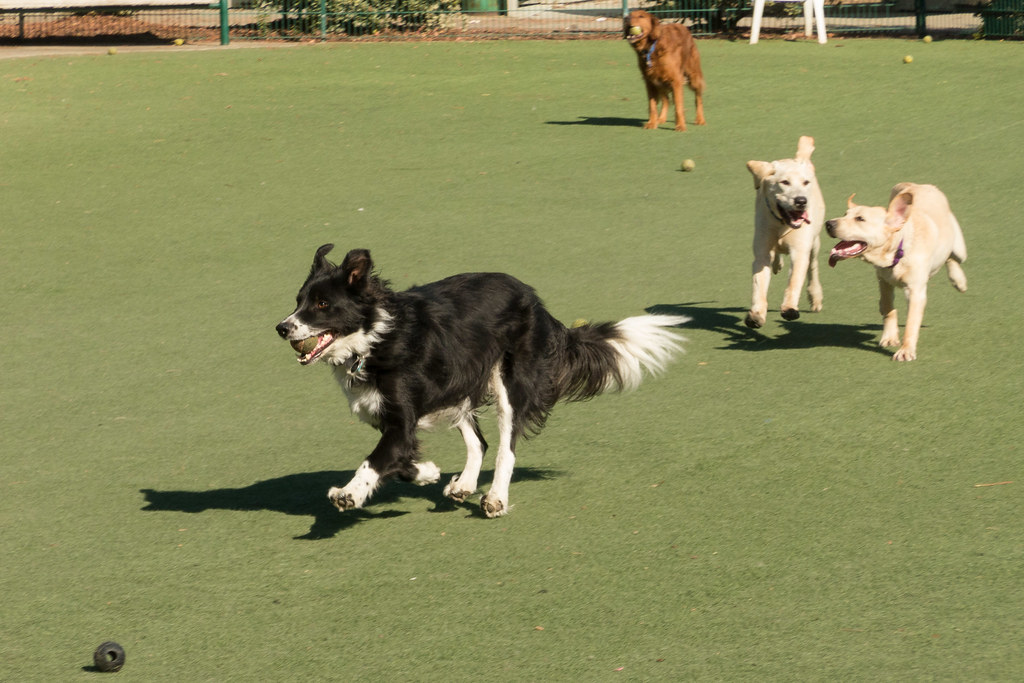
2. **Potty Training: Guiding Your Pup to Proper Elimination**Potty training is an absolutely essential part of dog ownership, fundamental for both puppies and newly adopted adult dogs. Our furry friends aren’t born knowing that they should relieve themselves outside, so it falls to us, as pet parents, to teach them where it’s acceptable to eliminate. This crucial training should commence the very moment your puppy or adult dog arrives home, integrating immediately into their new routine.
To set yourself up for success, make it a steadfast rule to always accompany your pup outside for potty breaks, especially during the initial training phase. Even if you have a securely fenced yard, supervision is incredibly important. This allows you to witness when they ‘do their business’ and immediately reinforce the correct behavior.
Always keep a supply of high-value treats in your pocket during these outdoor excursions. The instant your dog finishes eliminating in a pet parent-approved spot, reward them immediately with a treat and enthusiastic praise. This immediate positive reinforcement helps them quickly connect the action of eliminating outside with a desirable outcome.
Learning to read your dog’s body language is also a powerful tool in predicting when they need a bathroom break. A simple indicator: if your dog starts leaving the room where everyone is gathered or appears distracted and restless, they very likely need to go outside. Being proactive based on these cues can significantly reduce accidents and speed up the training process.

3. **Crate Training: Creating a Safe Haven for Your Canine**Most dogs truly benefit from having a special spot of their own where they can feel incredibly comfy and secure. For many, a dog crate serves precisely this purpose, becoming a private sanctuary rather than a mere enclosure. When used correctly and introduced positively, a dog crate offers numerous advantages for both your pup and your household.
Crates can play a vital role in protecting your furry friend from potentially dangerous items found around the house, preventing them from chewing on inappropriate objects like furniture or electrical cords. Furthermore, a properly utilized crate can significantly help speed up the potty-training process by leveraging a dog’s natural instinct to avoid soiling their sleeping area.
Beyond safety and house-training, a crate can also provide a safe haven for your dog, especially if they need a quiet, undisturbed place to recover after surgery or simply need a break from household commotion. It offers a consistent, predictable space that reduces anxiety and promotes a sense of security during stressful times or when left alone.
To effectively crate train a dog, begin by choosing the right-sized crate—one large enough for them to stand, turn around, and lie down comfortably. Then, take your time introducing it, making the space feel welcoming and positive. Use treats, favorite toys, and even feed meals inside the crate to build positive associations, ensuring your dog considers it a cherished palace and not a dreaded prison.
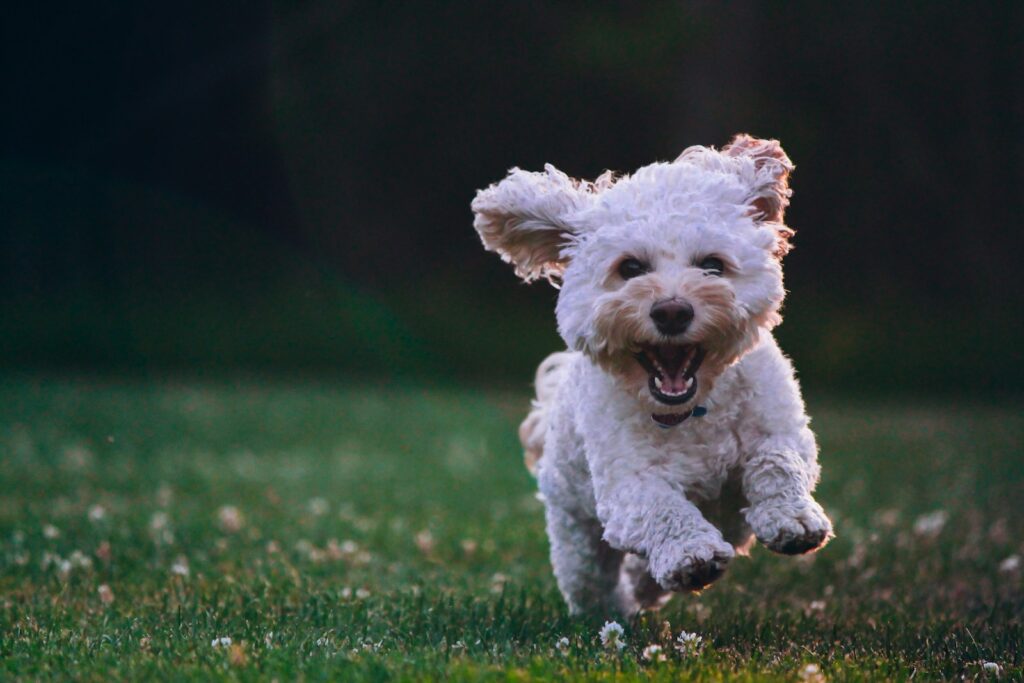
4. **Leash Training: Enjoyable Walks, Every Time**Teaching your dog proper leash manners is a crucial skill that greatly benefits both you and your canine companion. It transforms what could be a stressful tug-of-war into an enjoyable, relaxed stroll for everyone involved. Without proper training, a dog that pulls can make walks miserable and even dangerous, potentially leading to injuries for both the dog’s neck and the handler.
Just like all other aspects of dog training, successful leash training demands a pocket full of treats, a genuinely positive attitude, and an abundance of patience. It’s important to understand that teaching your dog to walk calmly on a leash is truly a marathon, not a quick sprint. There will be many distractions your dog encounters during walks, and they need time to learn how to behave appropriately in the face of each new stimulus.
To begin, choosing the right leash is important; one that is a safe length for your dog and comfortable for you to use can make the process much easier. When your dog pulls ahead, stop walking immediately. This teaches them that pulling will not get them to their desired destination. Only resume walking when the leash is loose, reinforcing the idea that polite walking is rewarded with forward movement.
Addressing common challenges, like excitement, requires consistency. If your dog pulls excessively, frequently changing directions can help keep them focused on you. Rewards for walking nicely, like praise or a treat when they remain by your side, are invaluable. Gradually increase the duration of these pleasant, loose-leash walks as your dog improves, making every outing a positive experience.
Read more about: 12 Dynamic Workouts: Top Trainers Reveal Running Alternatives for Maximum Weight Loss

5. **Puppy Socialization: Building a Confident Canine Citizen**Socialization is a vital process for puppies, and indeed for dogs throughout their lives. It involves carefully and gently exposing your puppy to a wide variety of new scenarios, diverse locations, and different people, always at their own comfortable pace. This exposure is fundamental in helping them develop into well-adjusted adults who can navigate the complexities of the world with confidence and without fear or anxiety.
It is critically important that new puppies experience thorough socialization before their crucial socialization period concludes at approximately 16 weeks of age. During this formative time, puppies are most receptive to new experiences and form lasting impressions. Positive, controlled exposure to different sights, sounds, textures, and interactions sets the stage for a resilient temperament.
However, the benefits of socialization are not limited to puppyhood; it’s essential to continue this process throughout your dog’s entire life. Every dog, regardless of age, can significantly benefit from gently expanding their horizons and encountering novel experiences at a pace they can comfortably handle. This ongoing exposure prevents regression and keeps them mentally stimulated.
Regular, positive socialization helps prevent the development of behavioral issues such as fear-based aggression or excessive shyness. By ensuring your dog has positive interactions with a range of stimuli, you are equipping them with the emotional tools to be a calm, confident, and friendly companion in diverse situations. It’s an investment in their lifelong well-being and your shared happiness.
6. **Clicker Training: Precision Communication with Your Dog**Clicker training stands out as a highly effective, science-based positive reinforcement technique that revolutionizes how we communicate with our dogs. This method transforms the distinct sound of a small, plastic clicker toy into a powerful “marker” sound. This marker tells your dog with precise timing that they have just performed a behavior you like, and often, that this specific behavior has earned them a reward, usually a treat.
The power of clicker training lies in its precision. The click instantly marks the exact moment your dog performs the desired action, allowing for crystal-clear communication that a verbal “good dog” might miss due to slight delays. This immediate feedback helps your dog quickly understand which specific action earned the reward, speeding up the learning process significantly.
This methodology is entirely force-free, relying purely on positive associations and rewards, never on coercion or punishment. It encourages dogs to think and offer behaviors, making them active participants in their own learning rather than passive recipients of commands. This creative engagement often makes dogs more enthusiastic and eager to train.
Clicker training is incredibly versatile and can be utilized for almost any training goal. From teaching basic obedience cues like ‘sit’ and ‘stay’ to more complex tricks, or even addressing behavioral challenges such as leash reactivity or developing intricate agility skills, the clicker provides an invaluable tool for clear, effective, and humane dog training.

7. **Teaching the ‘Sit’ Command: The Essential First Step**Teaching your dog the ‘sit’ command is arguably the most fundamental skill in obedience training, serving as the gateway to numerous other commands and behaviors. It’s often the easiest and most natural cue for dogs to learn, making it the perfect starting point for your training journey together. Mastering ‘sit’ also helps with basic control and can prevent unwanted behaviors like jumping up.
To begin, gather your supplies: choose small, tasty treats that your dog absolutely loves. Find a quiet space, free from distractions, where both you and your dog can focus. Hold a treat close to your dog’s nose. As they sniff the treat, slowly move it upwards and back over their head, creating an arc. As their nose follows the treat, their bottom will naturally lower to the ground.
The very instant their bottom touches the ground, say “sit” clearly and calmly, and immediately give them the treat and enthusiastic praise. This precise timing is crucial for your dog to associate the action of sitting with both the verbal cue and the reward. Repeat this sequence several times in short, positive sessions until your dog begins to consistently associate the action with the command.
As your dog becomes more proficient, it’s essential to avoid common mistakes. Don’t let your dog become solely reliant on treats; gradually introduce verbal praise to accompany the treat. Be patient and never rush the process; if your dog doesn’t sit right away, calmly try again without frustration. Once they consistently sit, start reducing the frequency of treats, increasing enthusiastic verbal praise and affection, while always using the same words and tone for consistency.
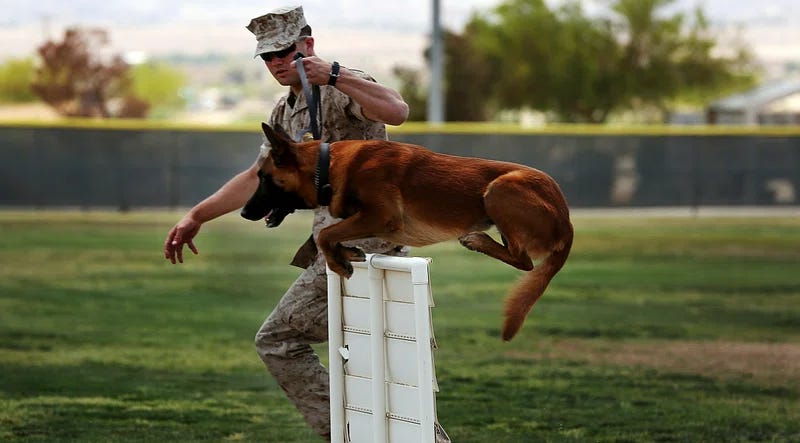
8. **Teaching the ‘Stay’ Command: Anchoring Your Dog with Patience**Once your dog has confidently mastered the ‘sit’ or ‘down’ command, introducing ‘stay’ is the next logical step in building their obedience. This command is incredibly valuable, as it helps keep your dog safely anchored in place, preventing them from bolting out an open door or moving into potentially dangerous situations. Begin with your dog in a stable position, like a sit, and say “stay” clearly while taking a tiny step back. If they remain still for even a few seconds, immediately return, reward them, and give a clear release cue.
Building up the duration of the ‘stay’ is a gradual process. Start with just a few seconds, then slowly increase the time before you return to them for the reward. Once your dog is consistent with short durations, begin to add distance. Take a step or two away, maintaining eye contact, and if they hold their position, return and reward. If your dog moves, calmly guide them back to the original spot, reset them, and try again, shortening the duration or distance as needed. Consistency is far more important than speed in this training.
As your dog progresses with duration and distance, it’s time to introduce mild distractions, always in a controlled environment. This could be you dropping a treat nearby (but not to them!), or a family member walking quietly past. Always reward your dog for holding their ‘stay’ through these new challenges. Remember to use a consistent release cue, like “okay” or “free,” to signal when they can move. This ensures they understand when the command ends, reinforcing their comprehension and making the ‘stay’ command a powerful tool for their safety.
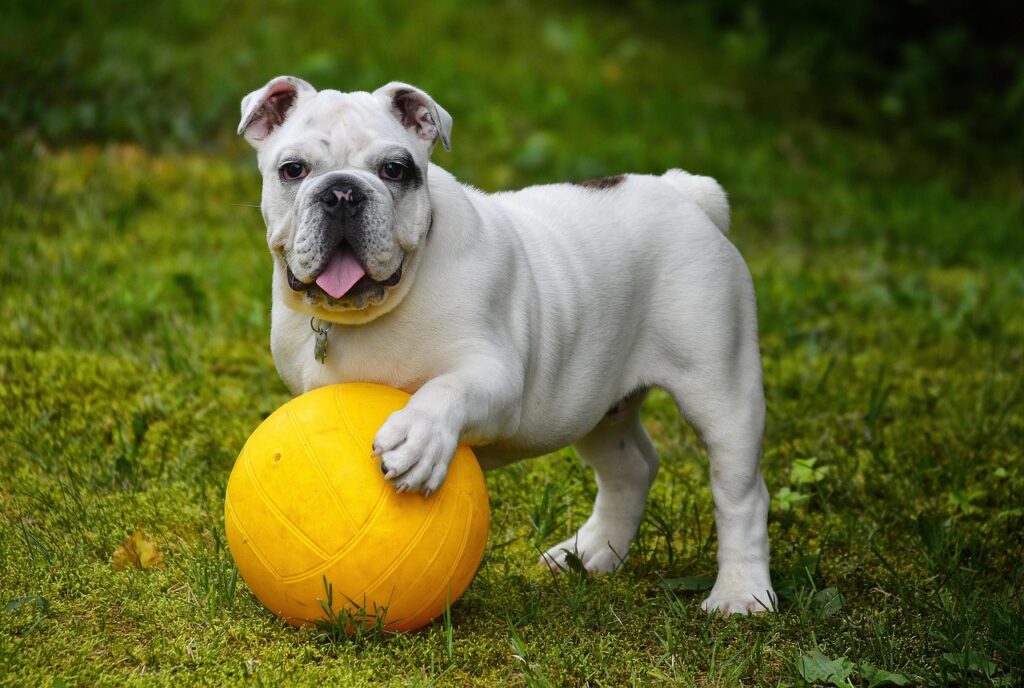
9. **Mastering the ‘Come’ Command: A Lifesaving Call**Teaching your dog to reliably ‘come’ when called is perhaps one of the most vital commands they can learn, often proving to be a literal lifesaver. This command ensures you can quickly recall your dog from potentially dangerous situations, whether they’re heading towards a busy street or approaching something unsafe in the park. To make ‘come’ training fun and highly rewarding, start in a quiet, distraction-free area and use an enthusiastic, cheerful tone of voice. When you call your dog, let them know you have something truly special for them, such as high-value treats or their absolute favorite toy, and reward them the instant they reach you.
After your dog consistently responds to ‘come’ in the calm of your home, it’s time to gradually introduce more challenging environments. Begin in your secure backyard, then move to a fenced park, and eventually to public spaces where distractions are present but manageable. Always practice in safe environments, possibly using a long leash initially to give your dog a sense of freedom while still maintaining control. This gradual exposure, coupled with consistent rewards for successful recalls, helps your dog generalize the command, ensuring they will reliably ‘come’ no matter what else is happening around them.
The real-world applications of a reliable recall command cannot be overstated. A dog that consistently comes when called is a safer dog, reducing the risk of accidents and giving you immense peace of mind during off-leash excursions. Maintain this behavior throughout your dog’s life by incorporating short, fun recall games into your daily routine and periodically practicing in novel locations. Consistency and positive reinforcement are the keys to building and maintaining this essential, lifesaving skill, strengthening the bond of trust between you and your loyal companion.
10. **Learning the ‘Down’ Command: Promoting Calmness and Control**Teaching your dog the ‘down’ command is incredibly useful for establishing calm behavior and offering you greater control in various situations. Whether you need your dog to settle down during meal times, relax when guests arrive, or simply stay comfortably anchored in place, ‘down’ is a fundamental cue. One of the most effective ways to teach this is by luring with treats. Start by asking your dog to sit. Hold a treat in front of their nose, then slowly move it downwards towards the floor and slightly away from them, in a small arc. As their nose follows the treat, their body will naturally lower into the ‘down’ position.
The moment your dog’s belly touches the ground, immediately reward them with the treat and enthusiastic praise. Repeat this luring process several times in short, positive sessions. Once your dog consistently goes down when lured, you can begin to transition from purely relying on the treat. Start introducing a verbal cue, such as “down,” as their body lowers. Simultaneously, you can add a clear hand signal, like pointing downwards with an open palm. This layering of cues helps your dog associate the action with both the sound and the visual signal.
To solidify the ‘down’ command, integrate it into your dog’s daily routines. Ask them to lie down before you set their food bowl down, during quiet moments in the living room, or when you are relaxing. This consistent practice in various contexts not only reinforces the command but also helps your dog understand when it’s appropriate to be calm and settled. Remember, patience and positive reinforcement are paramount; if your dog struggles, simply return to the luring technique and build up again gradually, ensuring every learning experience remains positive and rewarding.
11. **Teaching ‘Leave It’ and ‘Drop It’: Essential Safety Commands**Two incredibly important commands for any dog owner are ‘leave it’ and ‘drop it,’ each serving a distinct but equally crucial purpose in your dog’s safety and obedience. ‘Leave it’ teaches your dog to completely ignore an object or situation, preventing them from engaging with something potentially harmful, distracting, or off-limits, such as food scraps on the street or an unattended item. In contrast, ‘drop it’ instructs your dog to immediately release an item they already have in their mouth, whether it’s a stolen sock or something they shouldn’t have picked up. Mastering both provides invaluable control and peace of mind.
To effectively teach ‘leave it,’ begin with a low-value item, like a piece of kibble, on the floor. Cover it with your hand and say “leave it” firmly. The instant your dog looks away from the item or shows even a moment of hesitation, reward them with a higher-value treat from your other hand. Gradually increase the difficulty by uncovering the item for short periods, then moving to more tempting items. For ‘drop it,’ encourage your dog to hold a low-value toy. Offer a high-value treat right at their nose; as they open their mouth to take the treat, say “drop it.” The moment they release the toy, reward them with the treat. Consistent practice with increasing value items will make these commands reliable.
These commands have immediate and significant real-world applications for your dog’s safety. ‘Leave it’ can prevent your dog from ingesting toxic substances, running towards a dangerous object, or chasing after distractions like squirrels or other dogs in inappropriate situations. ‘Drop it’ ensures they release items they shouldn’t have, preventing choking hazards or destruction of household items. Regular practice of both ‘leave it’ and ‘drop it’ in varied environments, always maintaining a positive and rewarding approach, will empower your dog to navigate their world more safely and respectfully, greatly enhancing your communication and bond.
12. **Establishing Loose-Leash Walking: Enjoyable Strolls for Both of You**Learning to walk nicely on a leash is a fundamental skill that transforms what could be a frustrating struggle into a relaxed and enjoyable experience for both you and your canine companion. A dog that pulls constantly can make walks miserable, uncomfortable, and even potentially cause injury to their neck or your arm. The goal is to teach your dog to walk politely by your side without tension on the leash, allowing for pleasant strolls wherever you go. This essential training requires a pocket full of treats, a positive attitude, and an abundance of patience, as it’s truly a marathon, not a quick sprint.
To begin, ensure you have the proper equipment. A front-clip harness or a head halter can be incredibly helpful in discouraging pulling, as they redirect your dog’s momentum back towards you. Choose a leash that is comfortable for you to hold, typically 4 to 6 feet long. Start your training in a quiet area with minimal distractions. The primary technique is simple: if your dog pulls ahead and puts tension on the leash, stop walking immediately. Remain still until the leash goes slack. The moment they ease off the pressure, praise them, and immediately resume walking. This teaches them that pulling gets them nowhere, while a loose leash leads to forward movement.
As your dog starts to grasp the concept, you can begin to address common challenges like excitement and environmental distractions. If your dog still pulls excessively, try frequently changing directions. This keeps them focused on you, as they have to pay attention to where you’re going next. Continuously reward them with praise or a small treat whenever they walk calmly by your side on a loose leash. Gradually increase the duration of these pleasant, loose-leash walks as your dog improves. Consistency in applying these techniques will gradually lead to stress-free and enjoyable outings, reinforcing your bond and setting the stage for even more advanced obedience skills.
13. **Maintaining and Advancing Training & Working with Professional Trainers: Lifelong Learning**Obedience training is not a one-time event; it’s a lifelong journey that requires ongoing commitment to maintain and advance your dog’s skills. Regular practice and reinforcement of learned commands are essential to ensure your dog retains what they’ve mastered and continues to be a well-behaved companion. Schedule short, fun training sessions—perhaps 10 to 15 minutes a few times a week—to refresh their memory on commands like sit, stay, come, and down. Always use positive reinforcement, like treats, praise, and favorite toys, to keep them motivated and engaged, making training an enjoyable activity for both of you.
As your dog becomes proficient with individual commands, challenge them by combining cues. For example, ask for a ‘sit,’ then a ‘stay,’ followed by a ‘come.’ This not only builds their understanding of more complex sequences but also deepens your communication and strengthens their focus. It’s also normal for dogs to occasionally regress or forget a command, especially when new distractions are introduced. If this happens, patiently return to the basics, reduce distractions during practice, and rebuild their confidence with positive reinforcement. Consistency in your routines and expectations is key to addressing any setbacks and ensuring continuous progress.
There might be times in your training journey when you encounter challenges that feel overwhelming, or simply want to take your dog’s skills to the next level. This is where the invaluable support of a professional dog trainer comes in. A trainer can provide personalized guidance, troubleshoot specific behavioral issues, and answer any questions you may have, offering an outside perspective and expert techniques tailored to your dog’s unique needs. Dog training classes range from private, in-home sessions that focus on your household’s specific needs, to engaging group classes where your dog can learn alongside other canine students.
When considering a professional trainer, the most important criterion is ensuring they utilize up-to-date, science-backed positive reinforcement training methodologies. Avoid anyone who advocates for being the “alpha” or “pack leader,” or recommends punishment tools such as choke, prong, or shock collars, as these outdated methods can damage your dog’s trust and create fear. A good trainer will focus on fun, motivation, and building a stronger, more positive relationship between you and your dog, fostering creativity and enthusiasm in the learning process.
Remember, it’s never too late to enhance your dog’s obedience. Whether you’re training a curious puppy who is eager to learn new skills the moment they settle in, or a beloved senior who still enjoys the mental stimulation of new tricks, every dog can benefit. Keep lessons short, engaging, and provide plenty of high-value treats for a job well done. By investing time and effort into consistent, positive training, you will not only ensure your dog’s safety and good behavior but also cultivate a deep, lasting bond that enriches both your lives. Obedience training truly is a journey of shared growth, transforming challenges into triumphs and fostering a cherished connection with your loyal companion.

